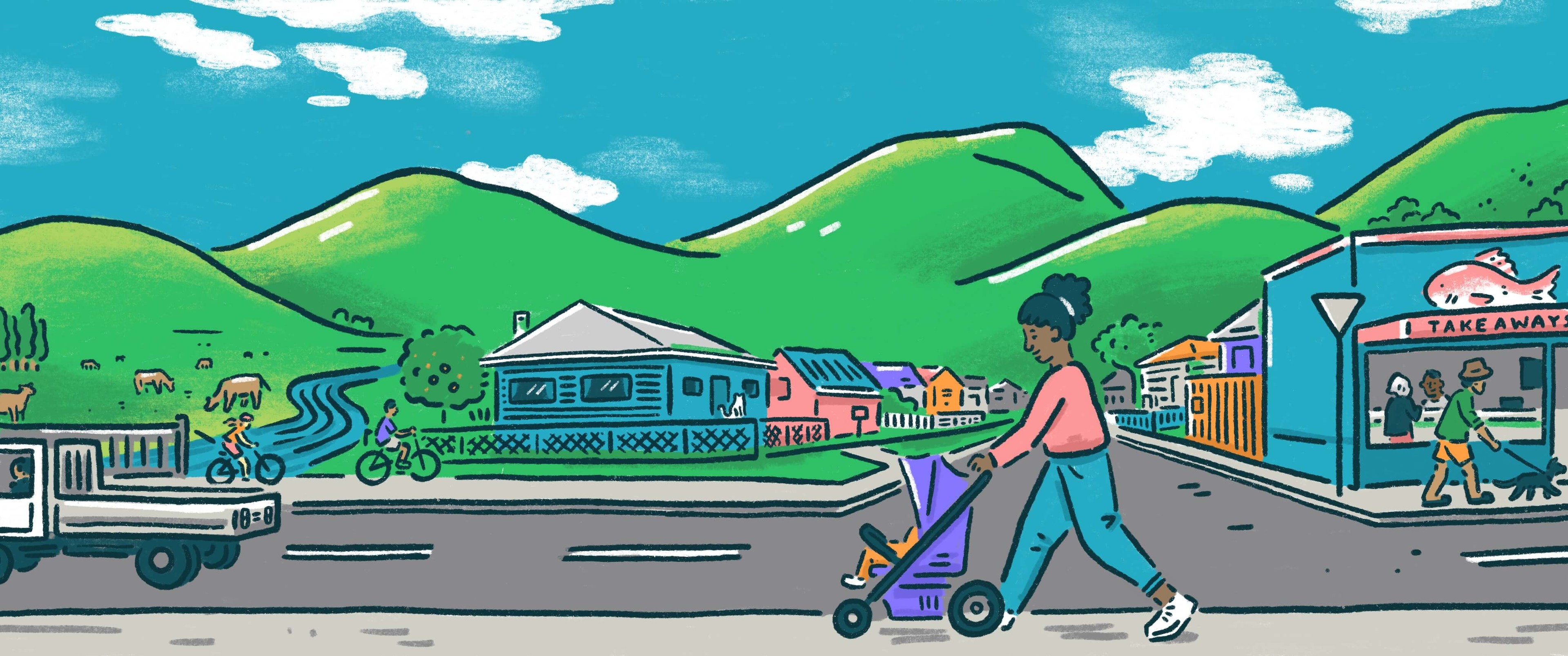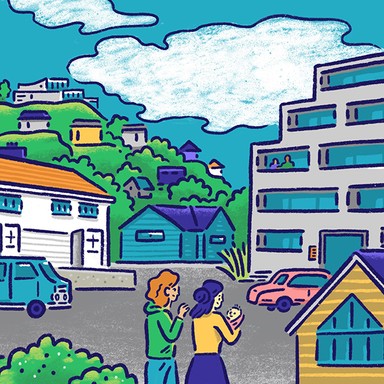
Thames-Coromandel District Council

Rates and revenue
The work of local government is funded mainly by property taxes in the local area, known as rates. This makes up around 60% of council expenditure, with the rest coming from user charges, investment income, regulatory fees and roading subsidies. Councils can also borrow money to spread the cost of large investments such as infrastructure over a longer period of time.

Rates and revenue
The work of local government is funded mainly by property taxes in the local area, known as rates. This makes up around 60% of council expenditure, with the rest coming from user charges, investment income, regulatory fees and roading subsidies. Councils can also borrow money to spread the cost of large investments such as infrastructure over a longer period of time.
Prudent Financial management with transparency to communities on service, rates, debt and investments. 85%+ capital works program completed.
Utilise existing infrastructure, service levels, ensure a balanced budget, and rates spread equitably and within external debt targets.
Ensure fees and charges have first the facilities/structures in place and not revenue gathering. eg; boat launching/parking fees at sites.
Over half the ratepayers are absentee (batch owners). They pay rates. We need them as they need us. Take advantage of each others skills.
Financial policy is determined by legislative requirements which is very limiting on how flexible council can be.
Use discretion to assist those who may be struggling to meet rates as the council currently does with a discretion to put payments on hold.
Prudent Financial management with transparency to communities on service, rates, debt and investments. 85%+ capital works program completed.
Utilise existing infrastructure, service levels, ensure a balanced budget, and rates spread equitably and within external debt targets.
Ensure fees and charges have first the facilities/structures in place and not revenue gathering. eg; boat launching/parking fees at sites.
Over half the ratepayers are absentee (batch owners). They pay rates. We need them as they need us. Take advantage of each others skills.
Financial policy is determined by legislative requirements which is very limiting on how flexible council can be.
Use discretion to assist those who may be struggling to meet rates as the council currently does with a discretion to put payments on hold.
Mayor
Compare the mayoral candidates in your area
Local council
Compare the candidates for your city or district council
Regional council
Compare the candidates for your regional council
Local board
Compare the candidates for your local or community board







